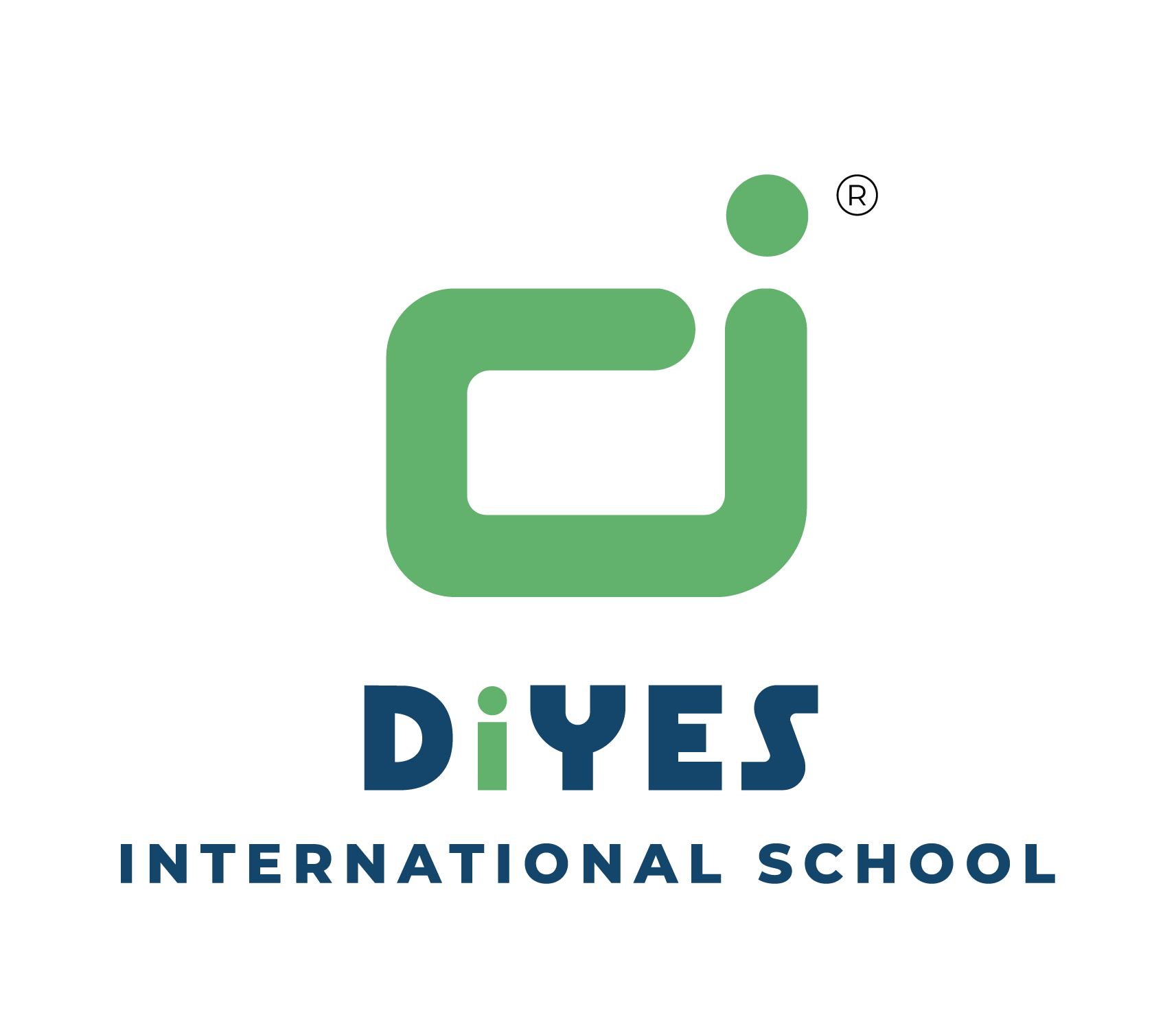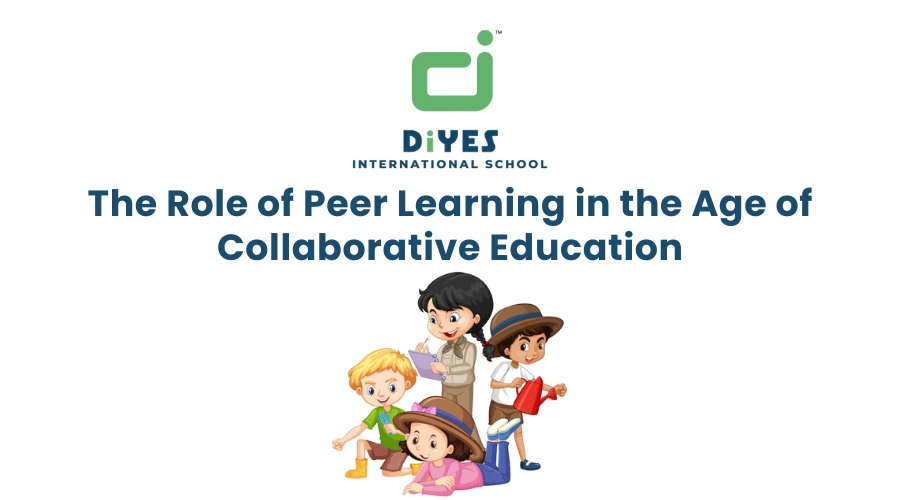In the latest delivery of education, Peer learning in education is now a promising concept of the learning processes in present-day techniques. It also resonates with the changes spearheaded by co-analysis dumps, which underpin co-learning, participation, and teamwork in assembly line fashion. Peer learning in education is a context in which students engage with each other in the practice of improving their comprehension as well as presenting and receiving information and ideas from partners; it is an effective means of promoting meaningful learning and significant thinking
Lets understand Peer Learning in Education
- An Overview of Collaborative Education and Peer Learning
- Peer learning refers to an academic model in which students instruct each other and share knowledge in their group, most often in their group, in groups, or through group projects.
- While integrated education refers to where students unite in achieving set learning objectives, collaborative education is where the students join forces in order to reach certain goals.
- The peer learning approach enhances students’ engagement and pride in what they do as well as in their learning process.
- This integration of peer learning in learning collaboration means that the students are taken through supplemented, collectivized learning, which is far more effective than mere individual learning in a group setting.
- An increase in motivation and engagement
- Active Participation: Peer learning converts otherwise rather passive conditions into more or less active ones. From this approach, students are no longer consumers of information; they are equally involved in analysing information and arguing matters, asking questions and explaining hard-to-understand concepts.
- Ownership of Learning: Most students manage their own learning and the learning of others. Classroom activities take responsibility when learning with peers. Learning to be more self-developed enhances motivation, as mentioned above.
- Peer Influence: It is easier for students to understand members of their own gender because it is easier to understand them due to similarities in experiences and ways of communication; hence, students are motivated to engage themselves in the learning process.
- Growth of Problem-Solving and Critical Thinking Capabilities
- Exposure to Diverse Perspectives: In peer learning, such subgroup interactions present students with opportunities of perceiving attitudes or solving problems that are different from the ones they identify with. These interactions challenge the thinking process of the students and require them to make decisions about the perceived information.
- Collaborative Problem-Solving: People’s cooperation with colleagues on tasks or problems promotes the growth of the analytical ability. This makes students talk, reason, argue and justify their studies, thus resulting in better problem-solving ability.
- Higher-Order Thinking: Peer learning sometimes compels students to innovate past rote memorization, which will help them in problem-solving. In order to explain the information to others, the students need to regain their knowledge and structure it, thereby strengthening their own cognition.
- Emotional and Social Learning
- Building Social Skills: Teamwork is very important when working in teams so as to develop communication and cooperation skills as well as negotiation skills. Students find out how they can convey their opinions effectively, listen to the opinions of others, and work toward accomplishing group objectives.
- Empathy and Emotional Intelligence: When peers co-learn, they are in a position to understand each other as well as share their learning process. Such a situation offers a chance to practice emotional competencies, self- and social-awareness, and self- and others’ emotion regulation.
- Sense of Belonging: Another is that peer learning creates a culture of learning in that students feel accepted by their peers. Which helps combat loneliness, especially in large and competitive educational environments, creating a more connected educational environment.
- Better Understanding and Retention
- Teaching as Learning: This paper reveals that teaching enhances learning, as marked by the studies below. It is for this reason that when learning, one gets to explain things to others, and the information in question is most often retained.
- Clarification through Discussion: Peer learning means that the students are able to enhance one another’s understanding that may not be clear to each individual. Group discussions or peer debates or group discussions enable the understanding of areas not well explained by the faculty or in written courseware.
- Practical Application: Students using this form of learning completion engage in practical instructions, exercises, and assignments with other students in the course. Such practical application reinforces their knowledge and helps in remembering such content.
- Peer Learning Enhanced by Technology
- Online Platforms: Since the advancement in the adoption of education through the use of technology, peer learning has also evolved to have a virtual environment. A forum, a collaboration tool, and a virtual class give students an opportunity to learn with peers from different parts of the world, which is valuable.
- Asynchronous Learning: Technology helps to implement peer learning that may involve learners operating in groups as they learn from one another without necessarily being in the same room together. This is convenient because it caters for the different learning schedules, especially with regard to the time factor, especially when learners are studying remotely.
- Virtual Collaboration: Features such as video and voice calls, shared documents and documents for the generation of editorials, and discussion forums further enhance learning through peer pressure, making peer learning more achievable and scalable. They foster learning for different and different people all over the world, hence eradicating barriers to learning.
- Promoting Collaboration and Lifelong Learning
- Real-World Skills: Peer learning helps to prepare the students for situations that exist in various organizations where people work in groups. In any organization or setting, the necessary skill that is perceived as being essential is the ability to work as a team and with people of different qualities as well.
- Lifelong Learning: Peer learning establishes patterns of stagnation learning On the other hand, peer learning sets patterns of constant learning. Thus, students facilitate knowledge exchange and problem-solving and acquire a lifelong learning perspective on their personal development.
- Adaptability and Resilience: Organizational settings entail the toleration of different working approaches, working through conflicts and variations in perspectives among the learners. These experiences make the students be able to handle some of the challenges that occur in their day-to-day lives, and this makes agility and tenacity significant ingredients needed in the current world.
- Obstacles and Things to Think About
- Unequal Participation: Lack of interest and breakup of individual study groups may be a major issue when students are encouraged to work in groups. It will likely result in the student loan being divided either fairly or randomly, since some students may be more willing to take on responsibilities while others are not willing enough to share loads of learning.
- Risk of Misinformation: Although group learning is effective, it has its disadvantages in that it may nourish such erroneous information if not closely regulated. They are likely to have misconceptions, which will lead to poor understanding and poor or incorrect relation of ideas in the classroom.
- Need for Teacher Facilitation: The act of learning can be done with the help of one’s peers, yet it needs the input of the teacher, though it is a student-initiated approach. Teachers have to facilitate the learning process by organizing cooperation with peers, supplying necessary materials, controlling the progress, and guaranteeing that students work effectively and meet important objectives.
Conclusion
In the current world where the concept of collaborative learning is taking root at schools, student learning from other students is more significant than ever. They engage the students conveniently by taking learning roles that develop their cognitive and social skills, besides preparing them for the global world. Through sharing ideas, skills and knowledge, students are more likely to be accommodated, and the learning system is made more vibrant and robust. Thus, peer learning will retain its focus when the educational process develops new forms of interaction with the educational environment and continues to form the next generation of critical thinkers, communicators and problem solvers.


